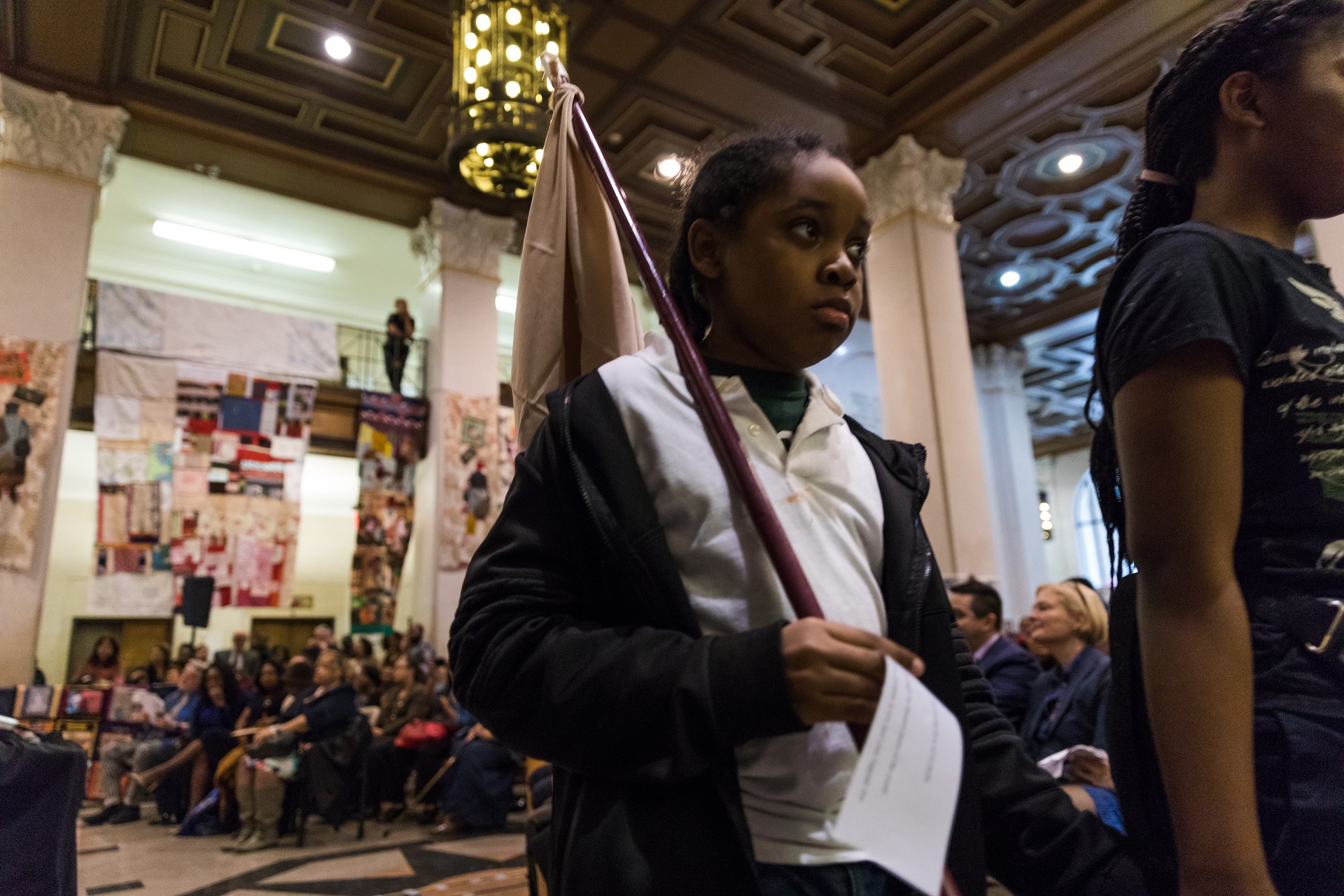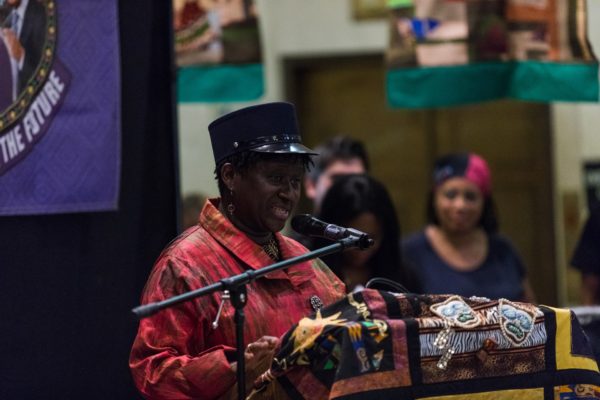Black history and culture celebrated at Criminal Court

The Criminal Court Black History Committee hosted a celebration of African culture and African-American history at Brooklyn Criminal Court on Friday.
After the work of the committee and the vision of Judges Ellen Edwards and Claudia Daniels-DePeyster, the court’s lobby was turned into a live art piece, with intricate tapestries hanging from the second floor and a recreation of the Great Migration of freed slaves from the country’s South to the North.

“In the spirit of our connection to West Africa in particular and the continent in general, this place today has been renamed Sankofa Station,” Judge Abena Darkeh said.

Brooklyn Boro
View MoreNew York City’s most populous borough, Brooklyn, is home to nearly 2.6 million residents. If Brooklyn were an independent city it would be the fourth largest city in the United States. While Brooklyn has become the epitome of ‘cool and hip’ in recent years, for those that were born here, raised families here and improved communities over the years, Brooklyn has never been ‘uncool’.